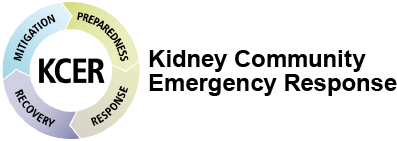Red Cross: Volcano Preparedness
Explosive volcanoes blast hot solid and molten rock fragments and gases into the air. As a result, ashflows can occur on all sides of a volcano and ash can fall hundreds of miles downwind. Dangerous mudflows and floods can occur in valleys leading away from volcanoes. If you live near a known volcano, active or dormant, be prepared to follow volcano safety instructions from your local emergency officials.
View ResourceUSGS: Volcano Hazards Program
The USGS Volcano Hazards Program (VHP) and its monitoring partners work to detect the earliest signals of volcanic unrest to forewarn communities at-risk and provide time for officials to activate emergency response plans and mitigation measures that can save lives and protect property.
View ResourceReady.gov: Volcanoes
A volcano is a mountain that opens downward to a reservoir of molten rock below the surface of the earth. Because of their intense heat, lava flows are great fire hazards. Lava flows destroy everything in their path, but most move slowly enough that people can move out of the way.
View ResourceWhat are Volcano Hazards?
This U.S. Geological Survey (USGS) provides guidance on volcano hazards and safety practices.
View Resource
